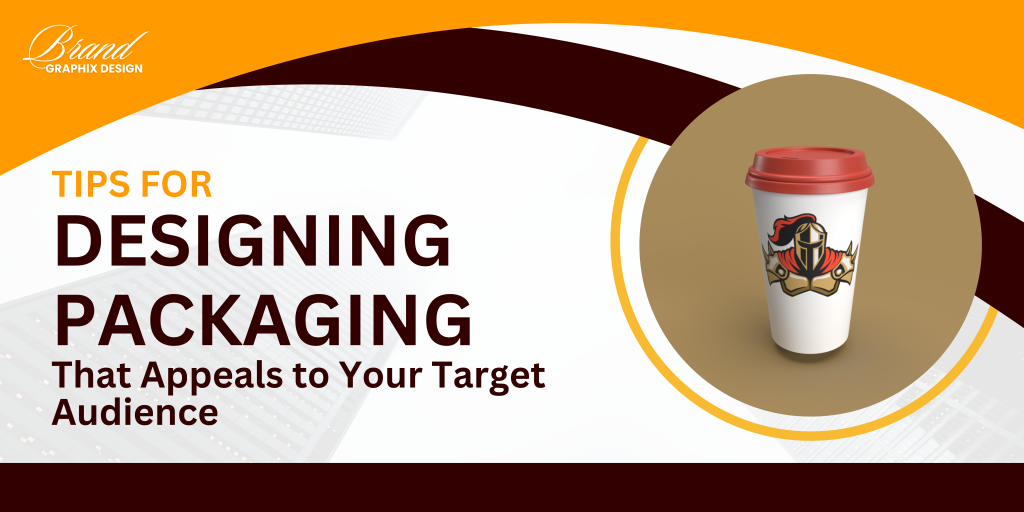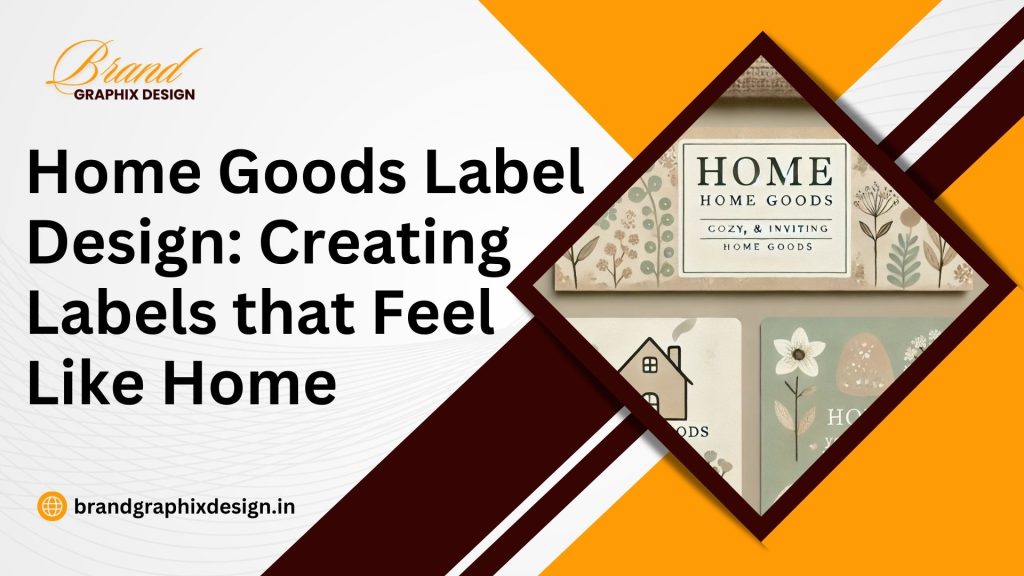Understand Your Target Audience
Focus on Visual Appeal
Visual appeal is a crucial factor in packaging design. Consumers often make quick judgments based on the visual presentation of a product, so it’s important that your packaging catches their eye. Bold, striking colors and clear, readable typography can help your product stand out among competitors. For instance, bright colors like red and yellow tend to grab attention, while more subdued tones like pastel shades can evoke a sense of calm and serenity. Moreover, the design should reflect the essence of your brand and product. Incorporating elements such as logos, symbols, and design styles that are consistent with your overall brand image helps build recognition. High-quality graphics, product images, or illustrations also make the packaging more engaging and visually appealing. Remember, your packaging should make a lasting first impression and encourage the customer to pick up the product for closer inspection.
Use Clear and Informative Labeling
Clear and informative labeling is essential for any packaging design. Customers want to know exactly what they’re buying and what benefits they can expect from your product. Make sure to include important information such as product ingredients, usage instructions, benefits, and certifications in a legible and straightforward manner. For example, if your product is organic or cruelty-free, prominently display these certifications on the packaging. This builds trust and transparency with your customers. Additionally, providing any essential details, such as expiry dates, safety warnings, or storage instructions, ensures that consumers have all the information they need to make an informed purchase. Your packaging should serve as a clear communication tool, giving customers confidence in your product while preventing any confusion or doubt. The more straightforward and helpful the labeling, the more likely it is that customers will choose your product over competitors’ offerings.
Prioritize Functionality and Convenience
Packaging that is both functional and convenient for the consumer can greatly enhance their experience and satisfaction. Think about how easy it is for a customer to open, store, and dispose of your packaging. For instance, resealable pouches, easy-to-open boxes, and spill-proof containers are all practical features that enhance convenience. The design should also be user-friendly, ensuring that consumers can easily access the product without frustration. Additionally, the size and shape of your packaging should be appropriate for the product inside. Overly bulky packaging may be wasteful and inconvenient, while overly small packaging may not protect the product adequately. Consider using packaging that is not only attractive but also highly functional, making it easier for customers to use and store the product long-term. Practical packaging can create a positive experience that may encourage repeat purchases and word-of-mouth recommendations.
Incorporate Brand Identity
Your packaging is a reflection of your brand, and it’s important to incorporate your brand identity into the design. This helps create a consistent brand experience for your customers, reinforcing recognition and loyalty. The use of brand colors, logo, typography, and imagery should be consistent with your overall branding strategy. For example, a luxury brand might use elegant gold foil details, while a fun, youthful brand might opt for bold fonts and playful illustrations. Incorporating your brand’s unique personality into the packaging design helps differentiate you from competitors. Additionally, it allows consumers to easily recognize your product on the shelf and associate it with the quality and values of your brand. Strong brand identity in packaging helps create an emotional connection with your audience, ultimately driving customer retention and trust.
Consider Environmental Impact
In today’s environmentally conscious world, sustainable packaging is more important than ever. Consumers are increasingly making purchasing decisions based on environmental factors, and many prefer products that use eco-friendly materials. When designing packaging, consider using recyclable, biodegradable, or compostable materials to minimize your product’s environmental footprint. For example, switching to cardboard packaging instead of plastic or using vegetable-based inks can greatly reduce the impact of your packaging. Additionally, consumers appreciate transparency about sustainability efforts, so if your packaging is eco-friendly, be sure to communicate this on the label. Packaging that reflects environmental values can attract a loyal customer base that aligns with those principles, potentially boosting sales and enhancing your brand’s reputation. Sustainable packaging can also create a positive brand image, showcasing your commitment to both quality products and social responsibility.
Create a Memorable Unboxing Experience
The unboxing experience has become an important part of customer satisfaction, especially with the rise of online shopping. A unique and memorable unboxing experience can leave a lasting impression on customers, leading to social media sharing, repeat business, and positive word-of-mouth. To create a great unboxing experience, consider using packaging that is not only functional but also visually appealing inside. Custom inserts, vibrant tissue paper, or handwritten thank-you notes can make the experience feel special. The way the product is presented once the packaging is opened can also enhance the perceived value of your product. Additionally, think about the emotions you want to evoke during the unboxing process—whether it’s excitement, joy, or surprise. A memorable unboxing experience can foster a strong emotional connection with your brand, turning one-time buyers into loyal customers and advocates.
Test Your Packaging with Focus Groups
Before finalizing your packaging design, it’s a good idea to test it with a sample group of your target audience. Focus groups can provide valuable feedback on the design’s effectiveness, functionality, and appeal. Gather a group of individuals who represent your ideal customers and ask them for their thoughts on the packaging. What do they like or dislike about it? Is the information clear and easy to understand? Does it appeal to their tastes and preferences? Testing packaging with real consumers before launching it helps identify any potential issues and allows you to make necessary improvements. By gathering feedback early on, you can fine-tune your packaging to better meet the needs and desires of your audience, ensuring that it will resonate with them when it hits the shelves or arrives at their doorstep.
Ensure Durability and Protection
Packaging is not only about aesthetics but also about functionality, particularly in protecting the product during transit. Whether you’re shipping products across the country or just ensuring safe storage, packaging needs to be durable enough to withstand potential damage. Use materials that provide sufficient protection without being overly bulky or wasteful. Consider options like bubble wrap, foam inserts, or sturdy boxes to keep the product safe. Additionally, make sure that the packaging is tamper-proof to avoid any concerns about product integrity. Durability is especially important for fragile or perishable items, where packaging failure can result in damaged goods and unhappy customers. Well-designed, protective packaging gives customers peace of mind and ensures that your product arrives in the same condition as it left your facility, strengthening your brand’s reliability and trustworthiness.



